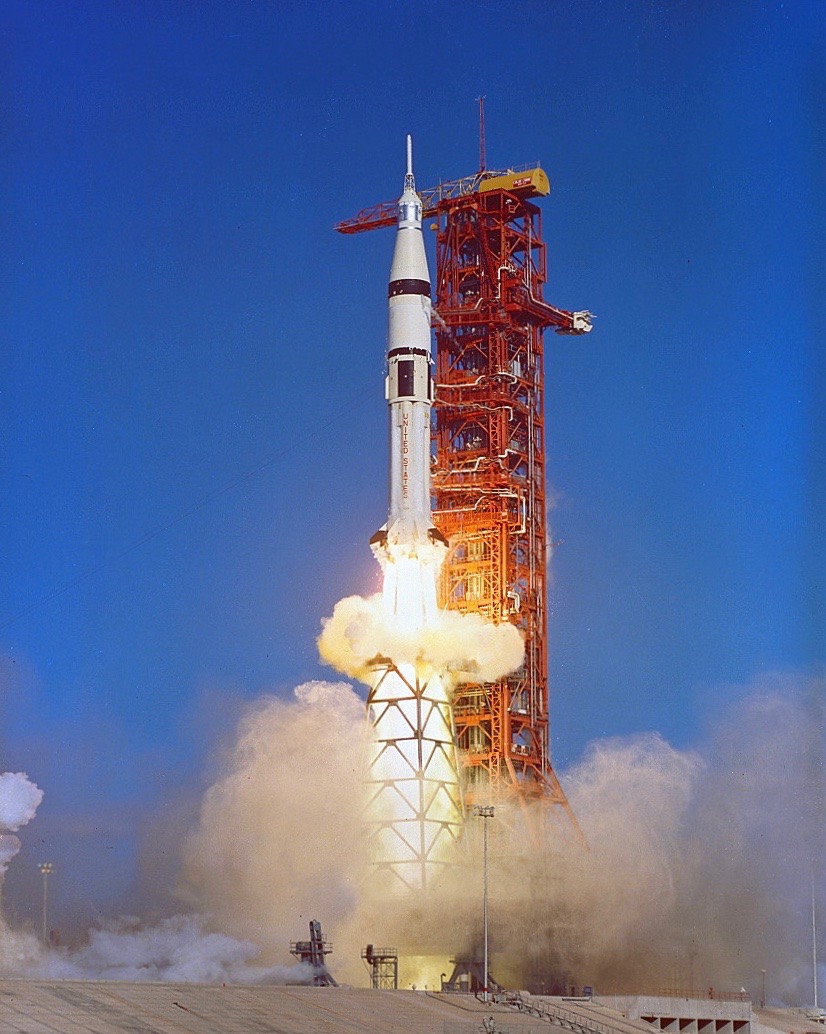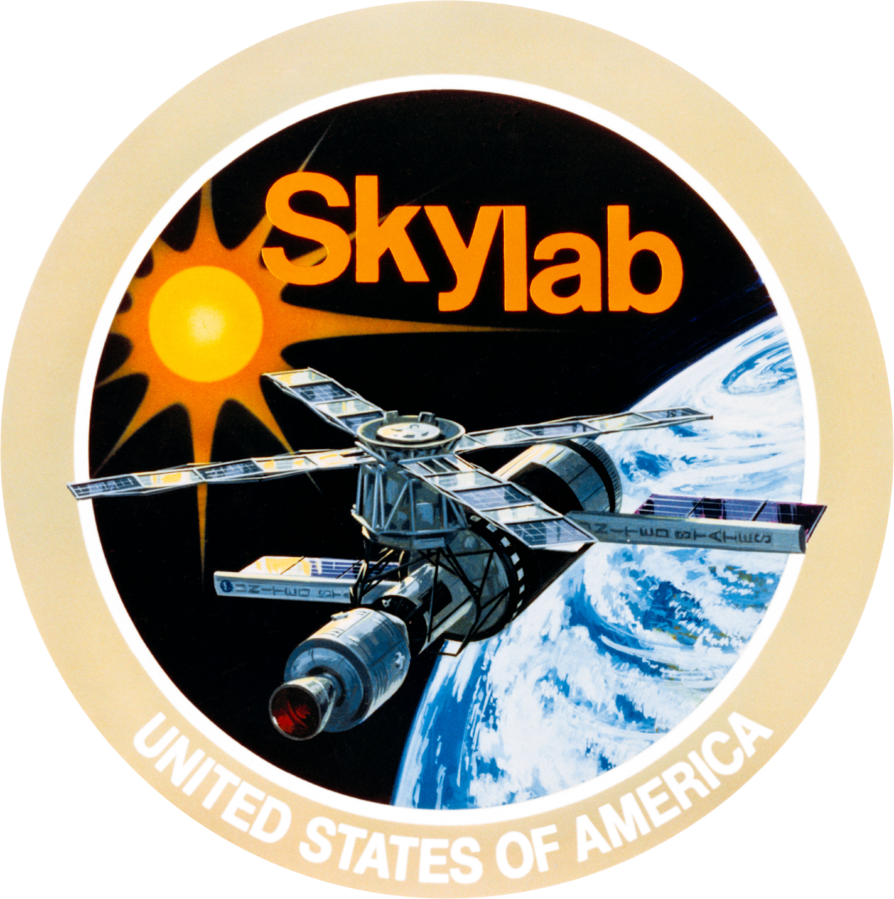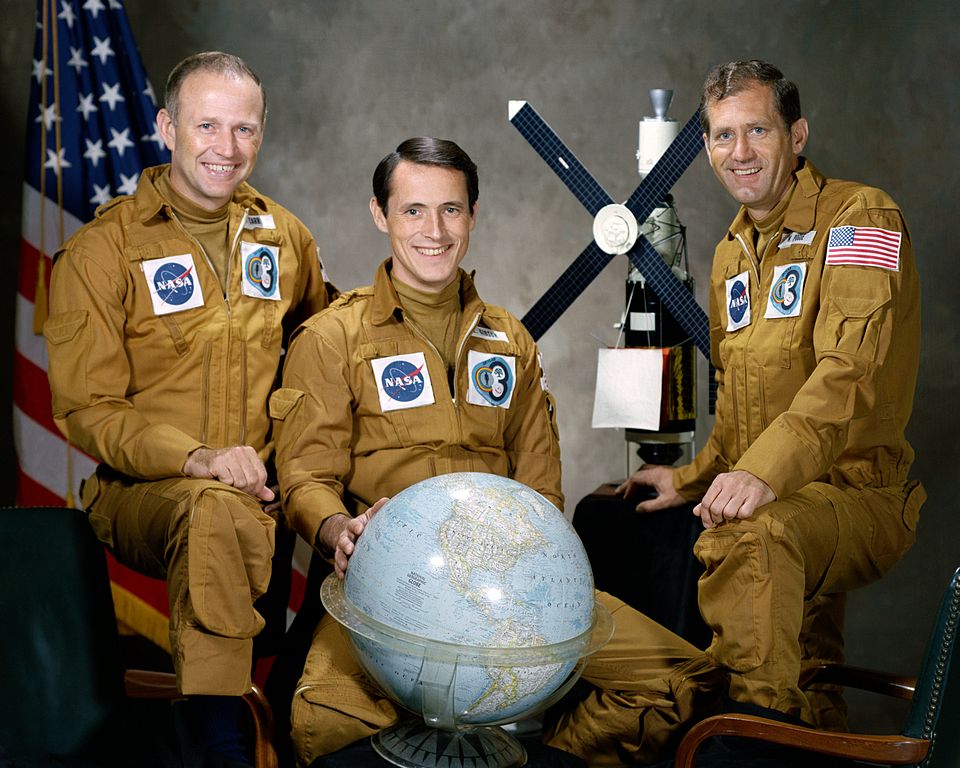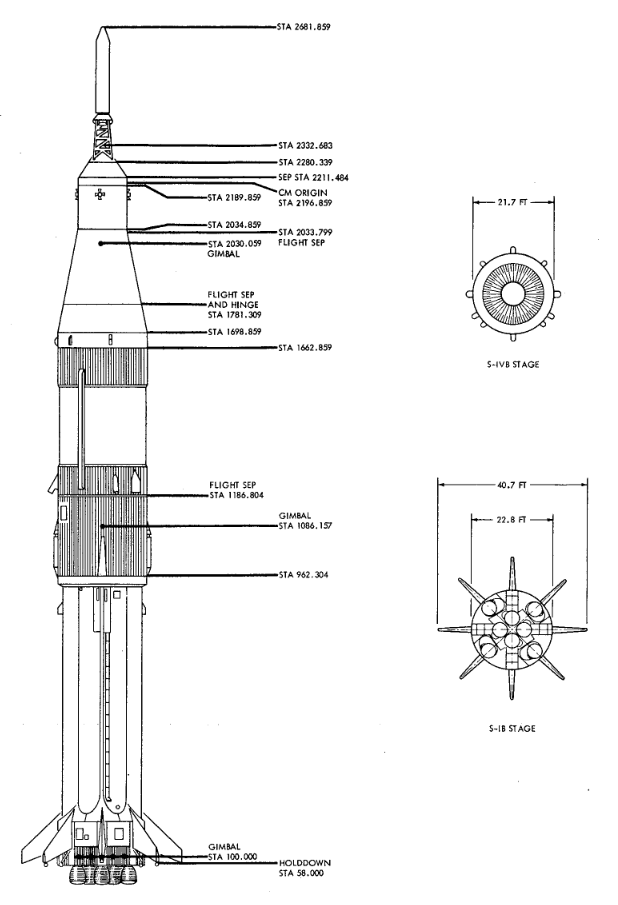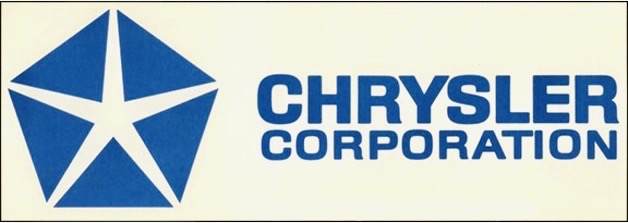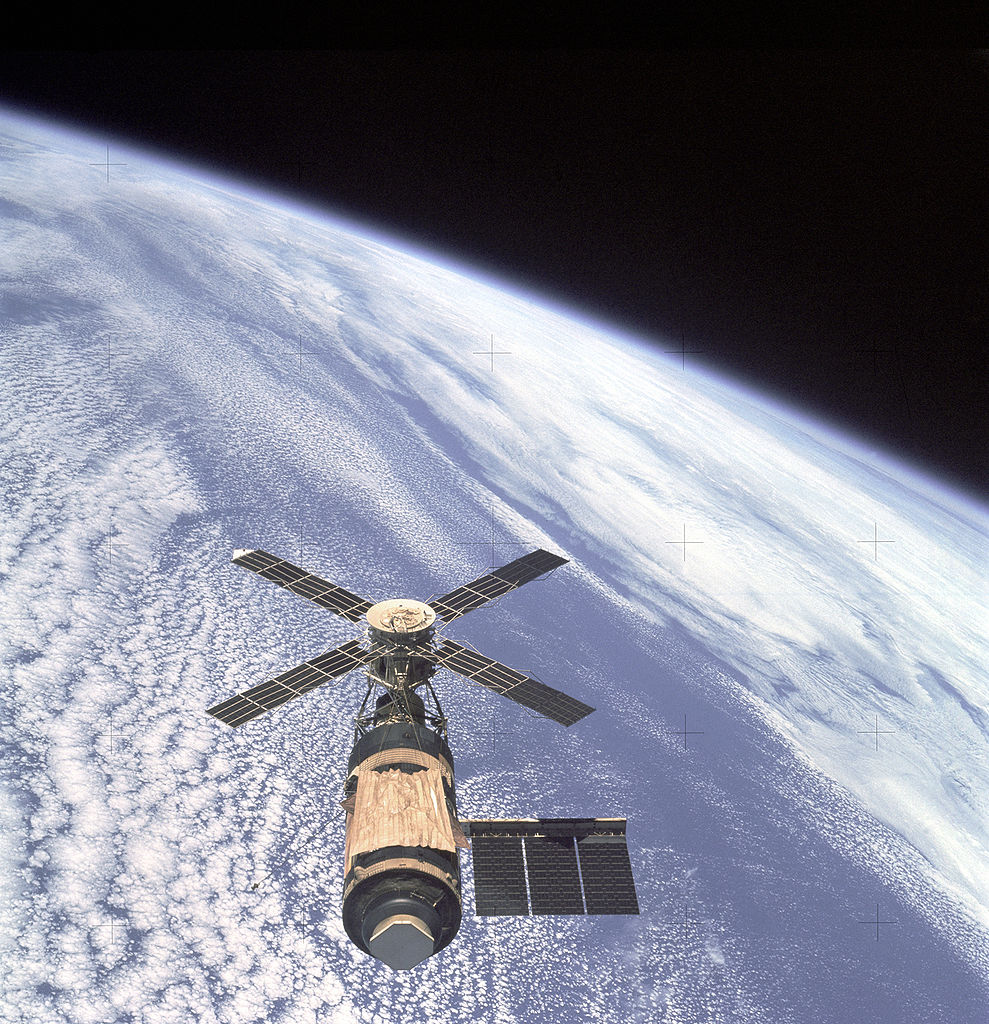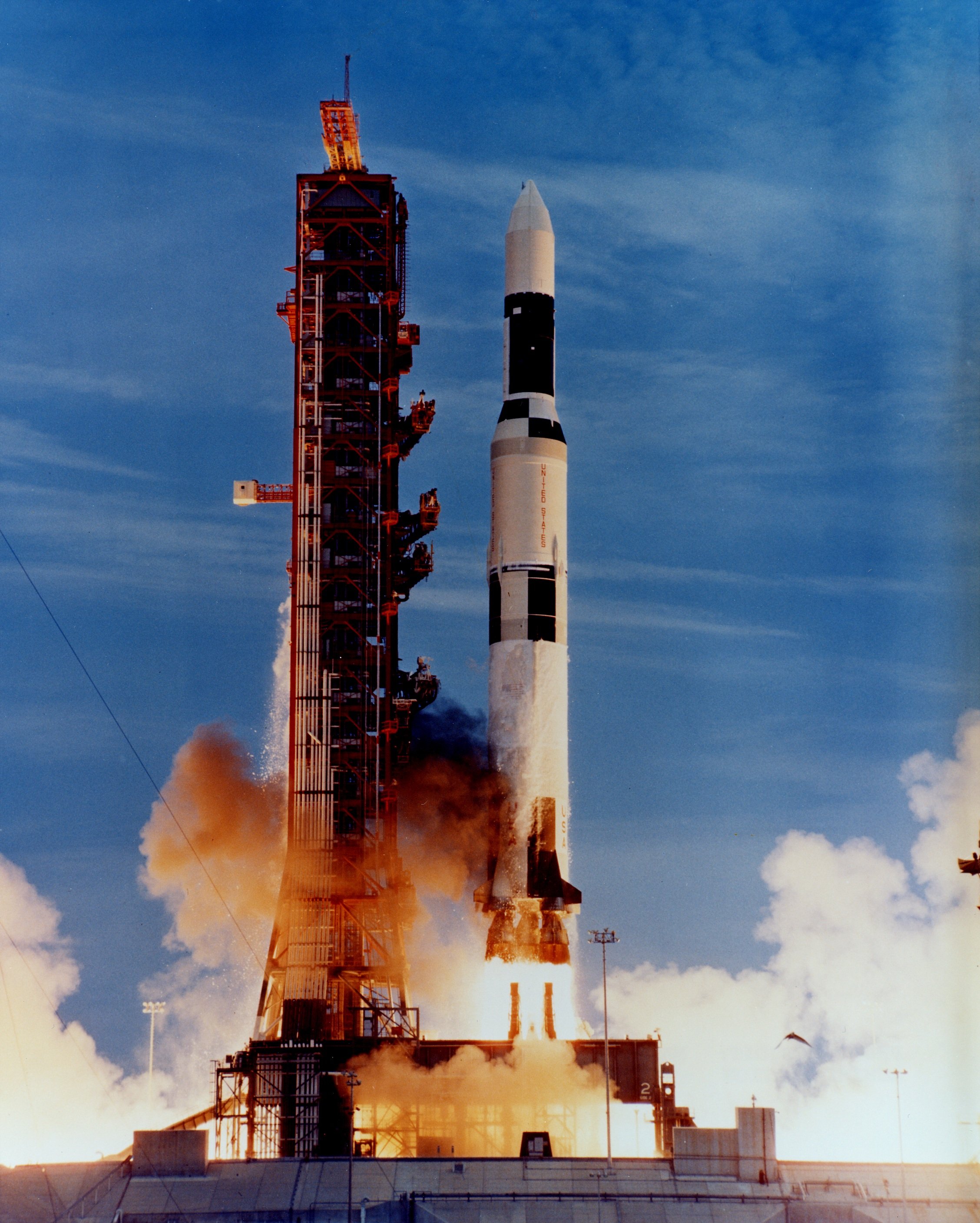
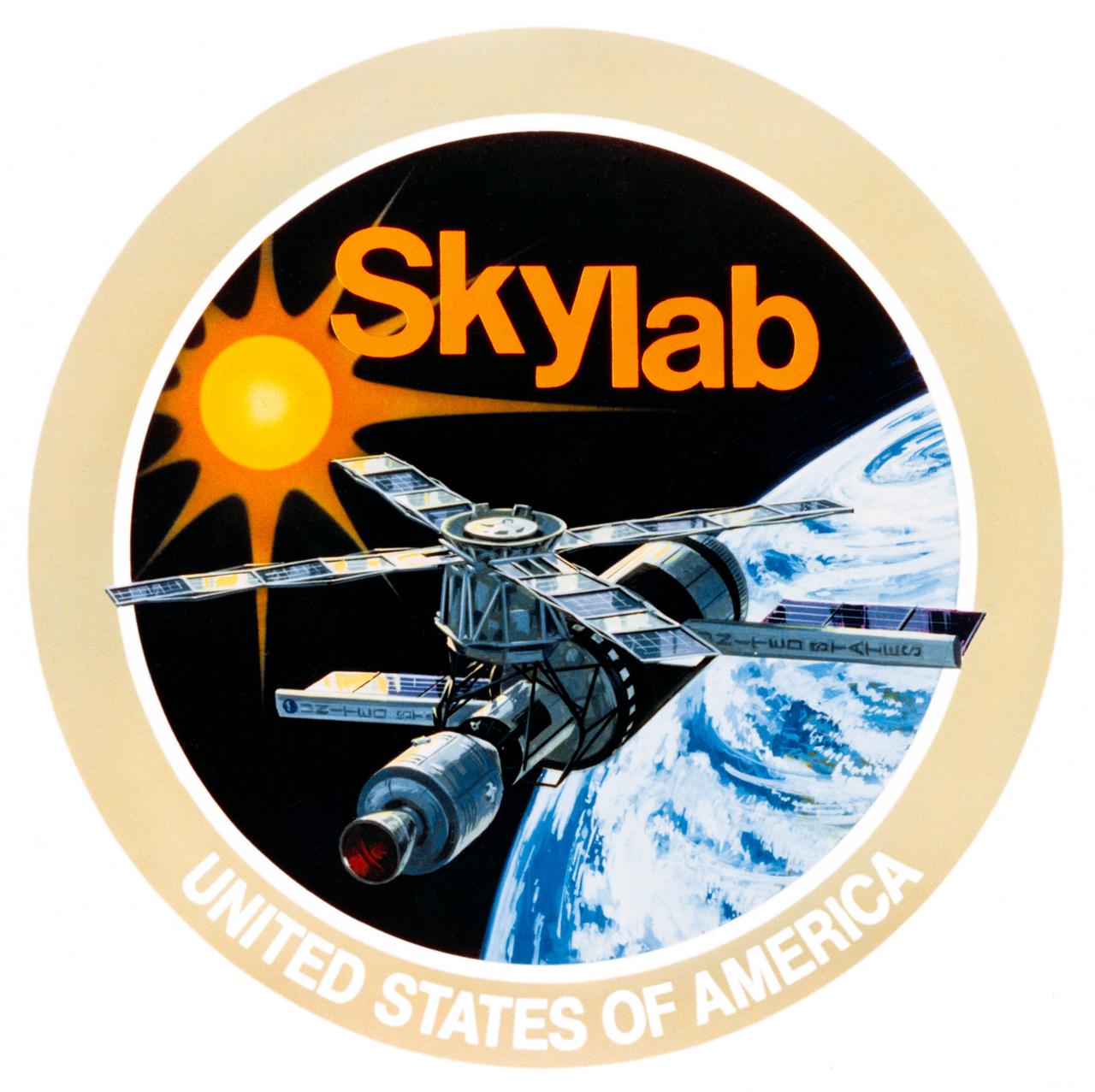
After first stage separation, the S-IC/S-II interstage connector failed to separate from the second stage. because of this, orbital insertion occurred at T + 000:09:59.0; 0.64 seconds later than planned, and 0.6 meters per second faster than predicted. The S-II stage followed the Skylab into Earth orbit. Skylab’s orbit was almost perfectly circular, with an apogee of 234.2 nautical miles (433.7 kilometers), and perigee of 233.0 nautical miles (431.5 kilometers). The orbital period was 93.23 minutes, with a velocity of 17,111 miles per hour (27,537 kilometers per hour).
Skylab was unmanned at launch. Three 3-man crews were carried to the station aboard Apollo command/service modules launched by the smaller Saturn IB rocket.
Skylab’s mission was to demonstrate that humans could live and work in orbit for extended periods of time, and that they could also perform useful work and research. The first crew had to make repairs in orbit to extend a damaged solar array and to use a spare solar panel as a shade to prevent sunlight from overheating the station. This was the first orbital repair mission. Astronauts occupied Skylab for 171 days, 13 hours and conducted over 300 scientific projects.
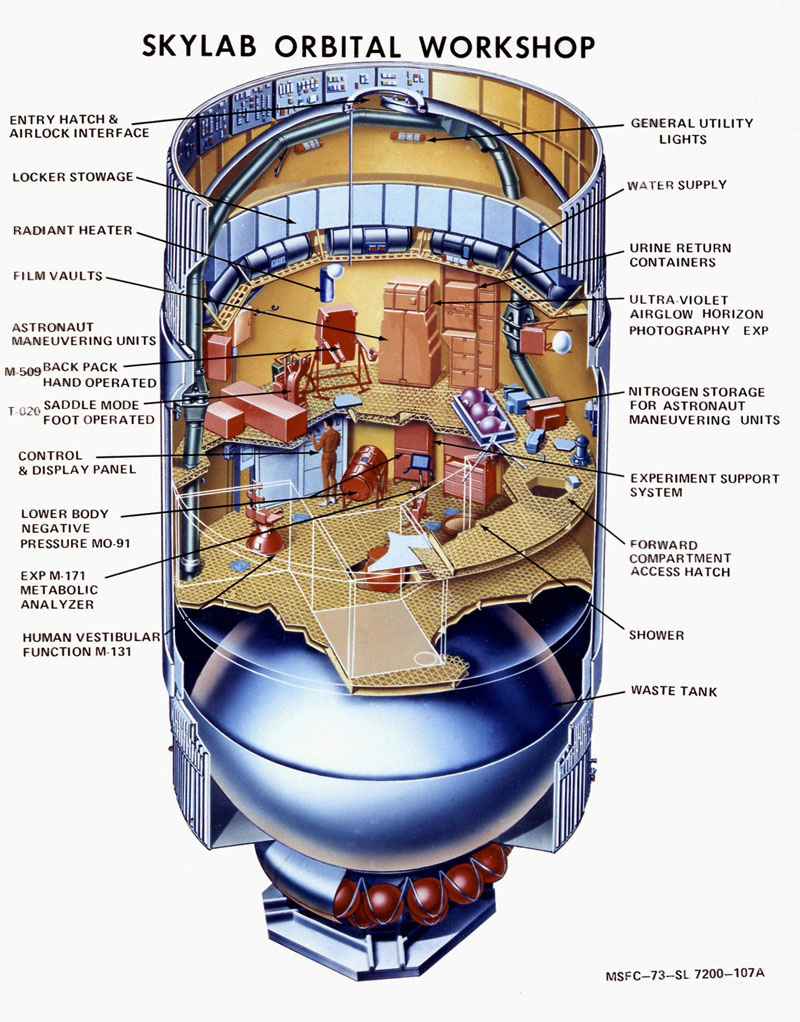
The Skylab was built from an empty Saturn V third stage, S-IVB number 213, modified by McDonnell Douglas. The launch vehicle consisted of the first two stages of a Saturn V rocket, an S-IC first stage and an S-II second stage.
The total vehicle weight at engine ignition was 6,297,336 pounds (2,856,424 kilograms). Post-launch analysis determined that the five Rocketdyne F-1 engines of SA-513’s S-IC first stage generated 7,551,000 pounds of thrust (33,588.52 kilonewtons) at Sea Level.
The first stage was designated S-IC. It was designed to lift the entire rocket to an altitude of 220,000 feet (67,056 meters) and accelerate to a speed of more than 5,100 miles per hour (8,200 kilometers per hour). The S-IC stage was built by Boeing at the Michoud Assembly Facility, New Orleans, Louisiana. It was 138 feet (42.062 meters) tall and 33 feet (10.058 meters) in diameter. Its empty weight was 290,000 pounds (131,542 kilograms). Fully fueled with 203,400 gallons (770,000 liters) of RP-1 and 318,065 gallons (1,204,000 liters) of liquid oxygen, the stage weighed 5,100,000 pounds (2,131,322 kilograms).
The S-IC was propelled by five Rocketdyne F-1 engines, producing 1,522,000 pounds of thrust, each, for a total of 7,610,000 pounds of thrust at Sea Level. These engines were ignited seven seconds prior to lift off and the outer four burned for 168 seconds. The center engine was shut down after 142 seconds to reduce the rate of acceleration. The F-1 engines were built by the Rocketdyne Division of North American Aviation, Inc., at Canoga Park, California.
The S-II second stage was built by North American Aviation at Seal Beach, California. It was 81 feet, 7 inches (24.87 meters) tall and had the same diameter as the first stage. The second stage weighed 80,000 pounds (36,000 kilograms) empty and 1,060,000 pounds loaded. The propellant for the S-II was liquid hydrogen and liquid oxygen. The stage was powered by five Rocketdyne J-2 engines, also built at Canoga Park. Each engine produced 232,250 pounds of thrust, and combined, 1,161,250 pounds of thrust.
The unmanned space station’s orbit decayed and it reentered on 11 July 1979. It broke up and parts landed in the Indian Ocean and near Perth, Australia.

© 2018, Bryan R. Swopes
